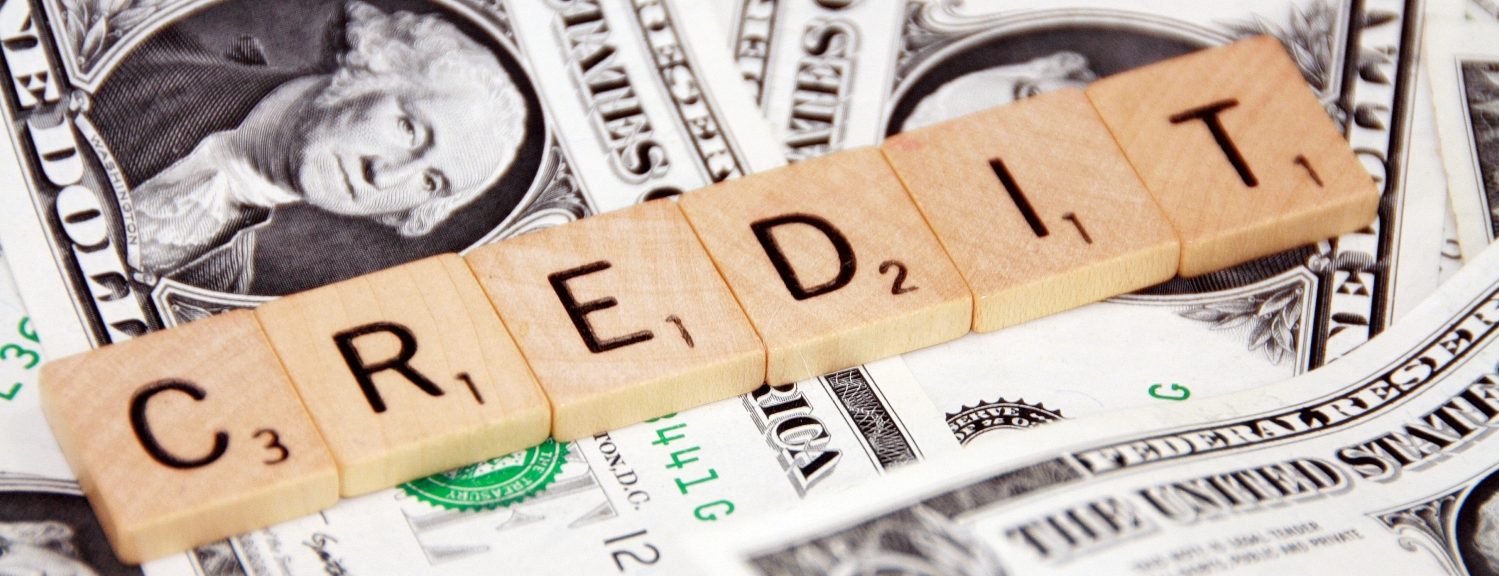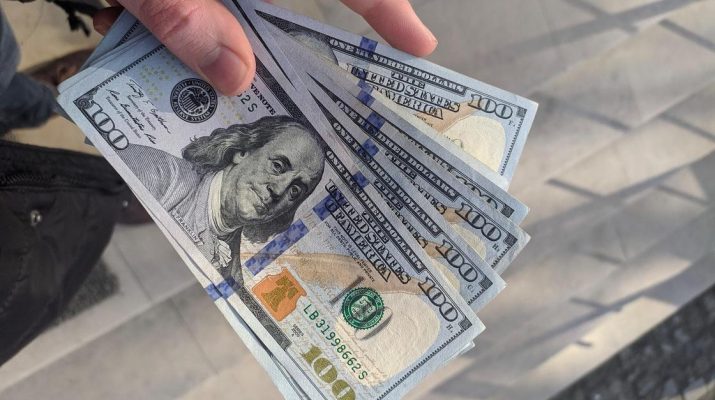Q I bought a 30% share of my one-bed flat in 2014 and I’m now finally in the position to “staircase” to 100%. But I cannot figure out what the rules on stamp duty are in this case as first-time buyers are now exempt.
When I initially bought, I had the option to pay stamp duty for the entire property (not within budget at the time), or, as the price of my share was below the stamp duty limit, not pay at all unless I bought more shares.
I have asked mortgage providers and the housing association my flat is with whether or not I count as a first-time buyer and they have each suggested asking someone else (I’m still in the process of selecting a lawyer).
I can see the argument that I’m not a first-time buyer: I already have a mortgage. However, this is the first property I have bought or am buying and I’m still eligible to apply for other shared-ownership properties (as long as I sell my current one), which is usually restricted to first-time buyers.
KS
A In September 2022 the stamp duty land tax (SDLT) threshold for first-time buyers in England and Northern Ireland increased from £300,000 to £425,000 (stamp duty is not charged in Scotland and Wales where different taxes apply).
So now first-time buyers pay no SDLT on properties costing less than £425,000 and only 5% on the portion between £425,000 and £625,000. There is no first-time buyer relief on properties costing more than £625,000.
When you bought your flat back in 2014, there were no special rules for first-time buyers who would have had to pay SDLT if the purchase price exceeded £125,000.
But, again since 23 September 2022, all buyers not buying for the first time are exempt from SDLT on the first £250,000 of the cost of a property but pay 5% on the portion between £250,000 and £925,000.
With shared-ownership properties you can choose to pay SDLT either on the full market value of the property at the outset or – as in your case – the amount paid for your share.
If you buy more shares in your home – known as staircasing – you do not have to pay any more SDLT until your stake in the property goes over 80%. How much you have to pay is explained on the government website and involves a relatively straightforward formula.



